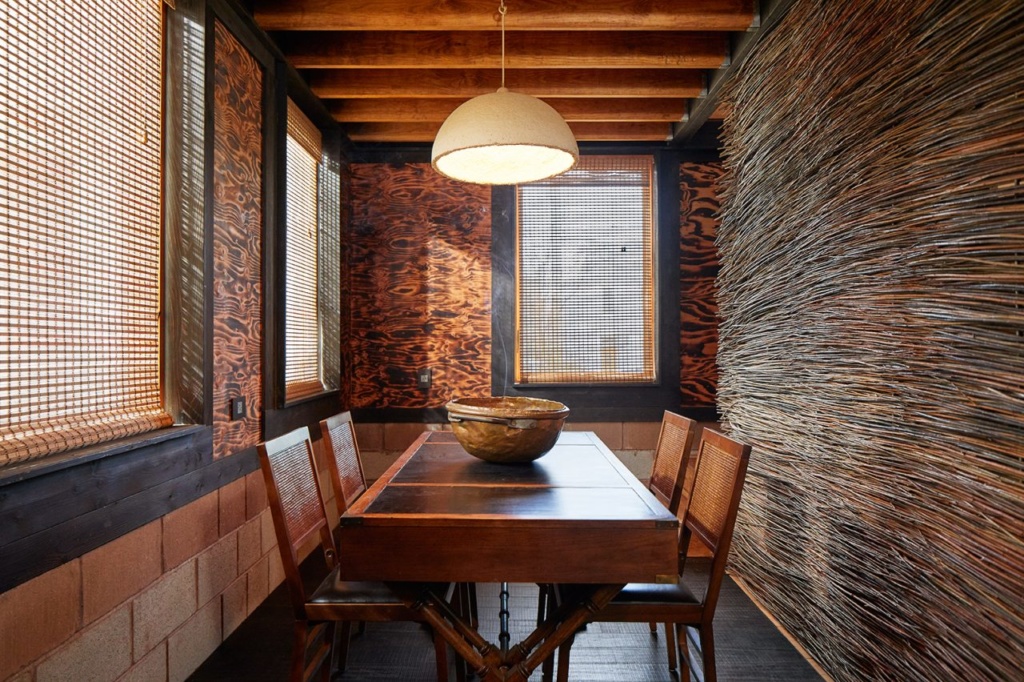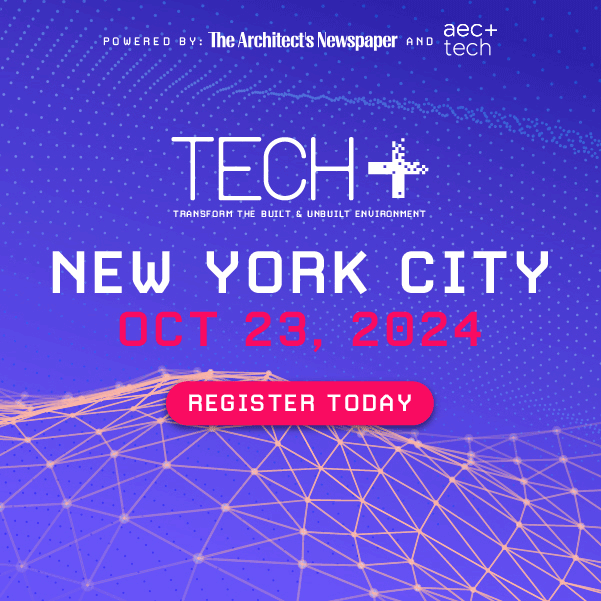The Architect’s Newspaper has granted its 2019 Best in Design Awards to a number of standout projects, with the TWA Hotel refresh coming out on top as the Building of the Year. AN also recognized the best uses of innovative materials, digital fabrication, and other tech-forward AEC innovations this past year.
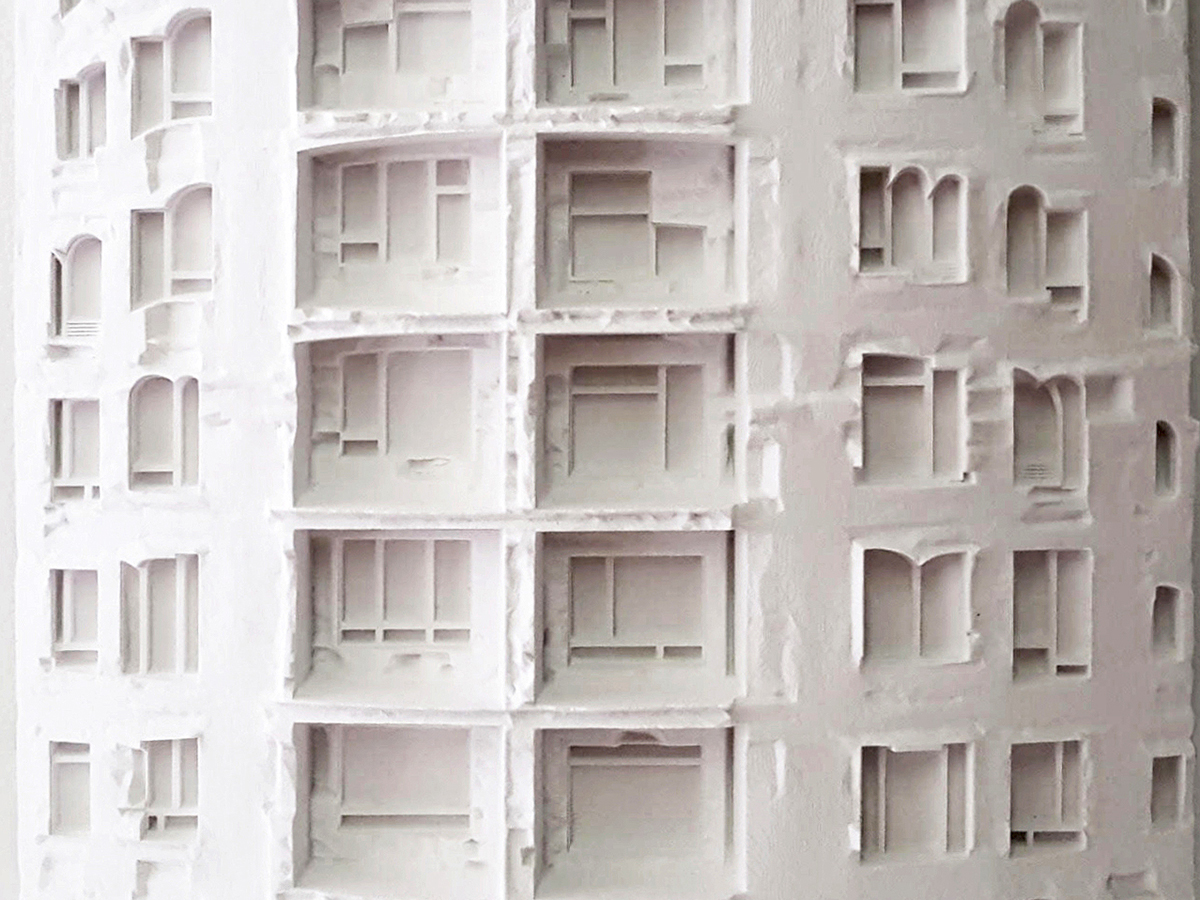
In Research, LAMAS’s Delirious Facade took home the gold. The project used image-processing AI to reimagine existing Toronto facades machine-hallucination style, creating edifice face swaps powered by Google’s Deep Dream tech.
Honorable mentions included projects from Ennead Architect’s The Water Alert and Testing Resource (WALTER) and the USModernist Masters and Library Databases. Editor’s picks were the Buoyant Ecology Float Lab by Architectural Ecologies Lab, previously featured by Tech+, and UNC Charlotte‘s Sound Pavilion.
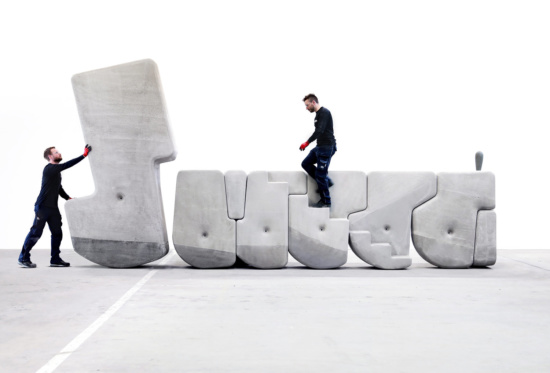
In New Materials, bld.us’s D.C. LEEDPlatinum Grass House won for its unique bamboo-based structural system, BamCore. The strength of the interior and exterior panels allows for the elimination of double studs that characterize conventional construction today. The Grass House’s hollow wall cavities have been filled with Havelock sheep’s wool insulation, the highest performing building insulation available. Matter Studio and CEMEX got an honorable mention for their Walking Assembly project, massive masonry units that can be rolled and slotted together easily, without the need for cranes or other equipment.
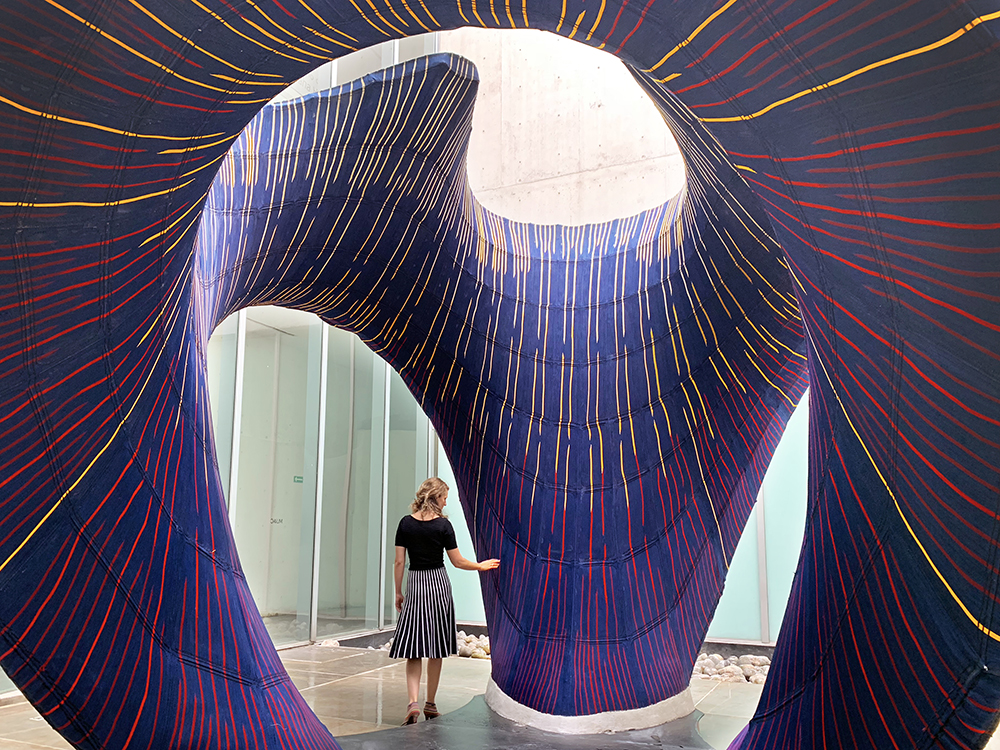
A collaboration between Block Research Group, ETH Zurich, ZHCode, and Zaha Hadid Architects won in Digital Fabrication for their Mexico City knit concrete project, KnitCandela, a computationally designed installation that treats concrete like textile.
For more on the latest in AEC technology and for information about the upcoming TECH+ conference, visit https://techplusexpo.com/events/la/
